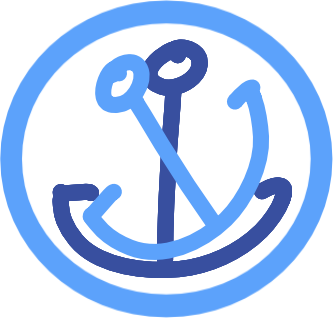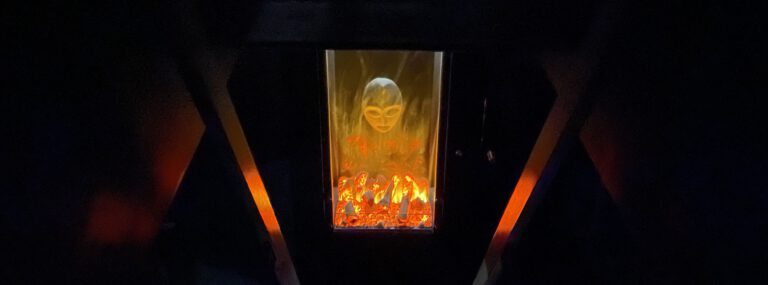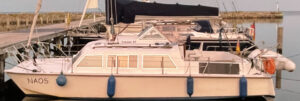Naos gets new water tanks
We know Naos and therefore also the Catalac 8M with water tanks in the front fender locker.
With this we have sailed well for one and a half seasons and have enjoyed enough running water from the taps.
In the summer of 2022, both Lars on his way to Rügen and Jana and I on our way through the Smaland fairway sailed in stronger winds and waves for the first time. I already noticed during the first trips in higher waves that the water tanks in the bow area are moving and there are considerable masses in motion. The water tanks each hold about 35l twice per side – Which adds up to about 70 kg of water plus about 10 kg per water tank of free standing mass. While filling up the water I made the frightening discovery:
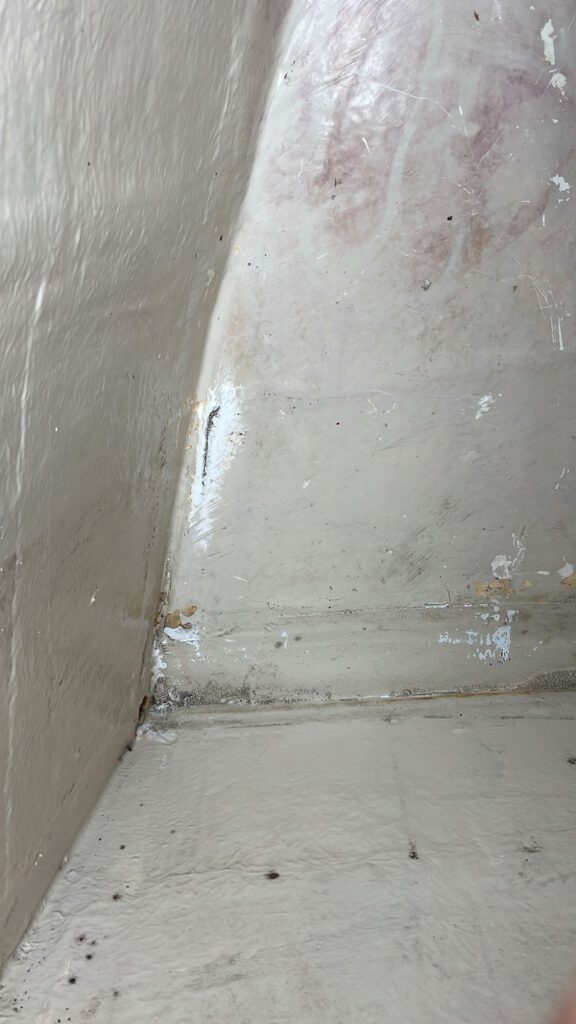
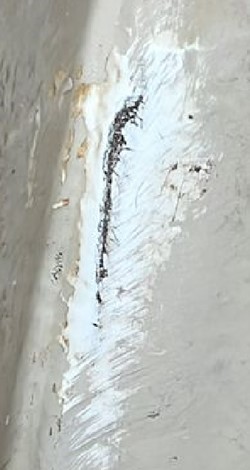
We see a crack in the laminate, from which water springs out when we press on it.
So the conclusion is that everything underneath is already wet. This could also explain why we can already find water in the closet behind the bow section.
After a short consideration to open the place further, we postpone this to the winter. With some foil and Pantera we seal the place and from now on we don’t fill the tanks completely.
The biggest task for Matthias is now to leave the place satisfied until winter storage.
We are ready to go…
Aber nun ist es so weit. Naos steht in der Halle und es kann losgehen das erste Loch kann in die Platte gebohrt werden:
Aber schaut selbst…seht ihr das Wasser? Es steht ca. 40cm tief bis in die Bugspitze.
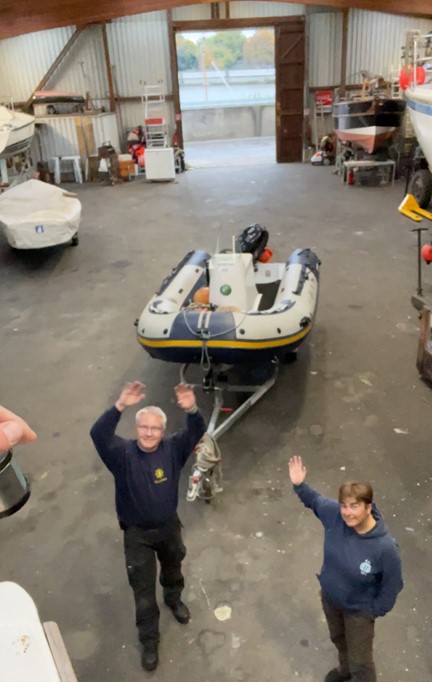
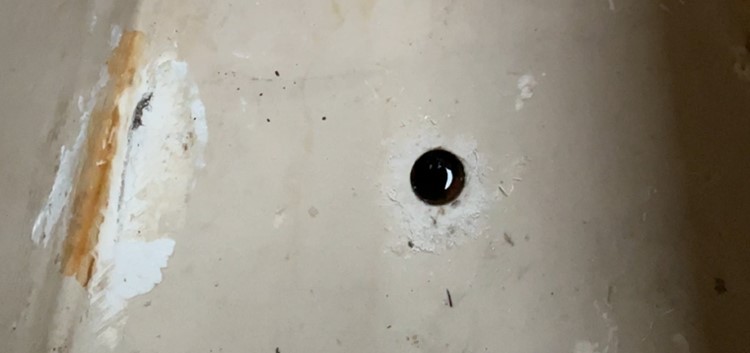
With a hose, we suck out about 40 to 50 l of water from the collision protection section. Wonderful, brown, stale for many years, stinking broth.
While sanding the crack, the upper laminate layer separated from the glued-in plywood panel, so it was clear very quickly that the entire soaked wooden panel would fly out and be replaced.
So the flex was used and the panel was cut out. The good side effect is that everything underneath can dry well over the Christmas days until the new board can be laminated in.
My table for cutting the fiberglass mats and mixing the epoxy.
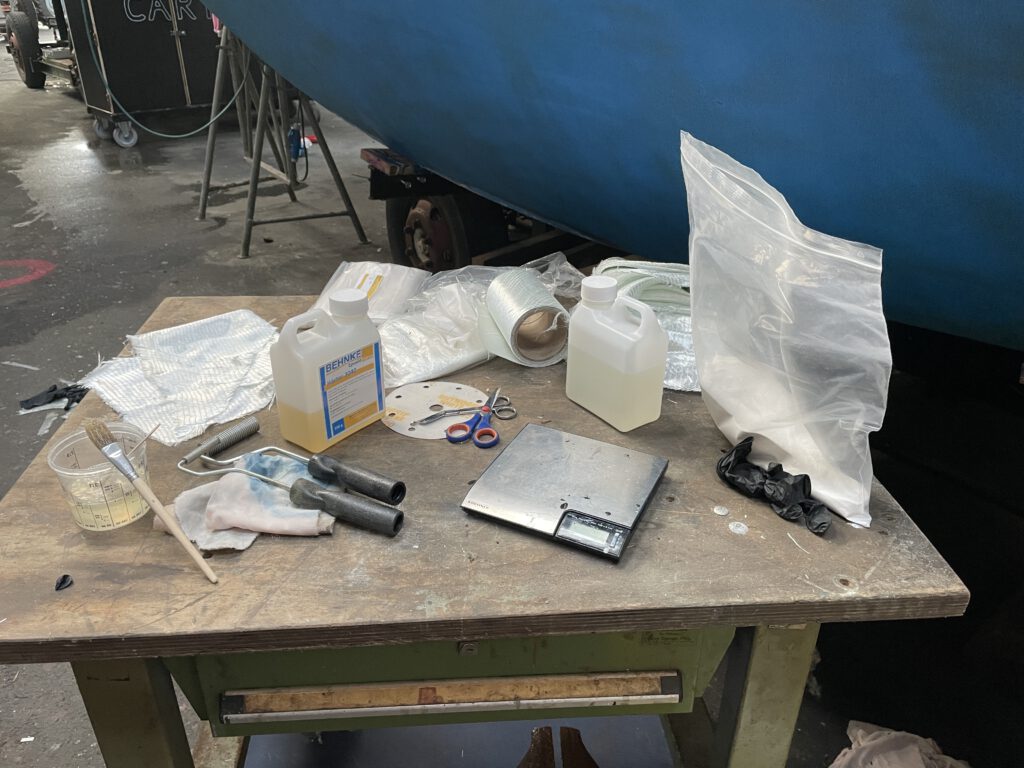
The assembly process starts.
After being cut to size, the new panel already receives a layer of glass mat on the underside to protect it from moisture. So that we can also look into the area in the future, a round inspection hatch is to be inserted in the middle.
The cutout for the hatch is slightly larger than necessary so that the screws do not allow moisture back into the wood. The screws are positioned directly in the laminate.
The panel is glued to the side walls with thickened epoxy resin and then fixed to the ship’s side with several layers of angular laminate and completely overlaminated with two layers.
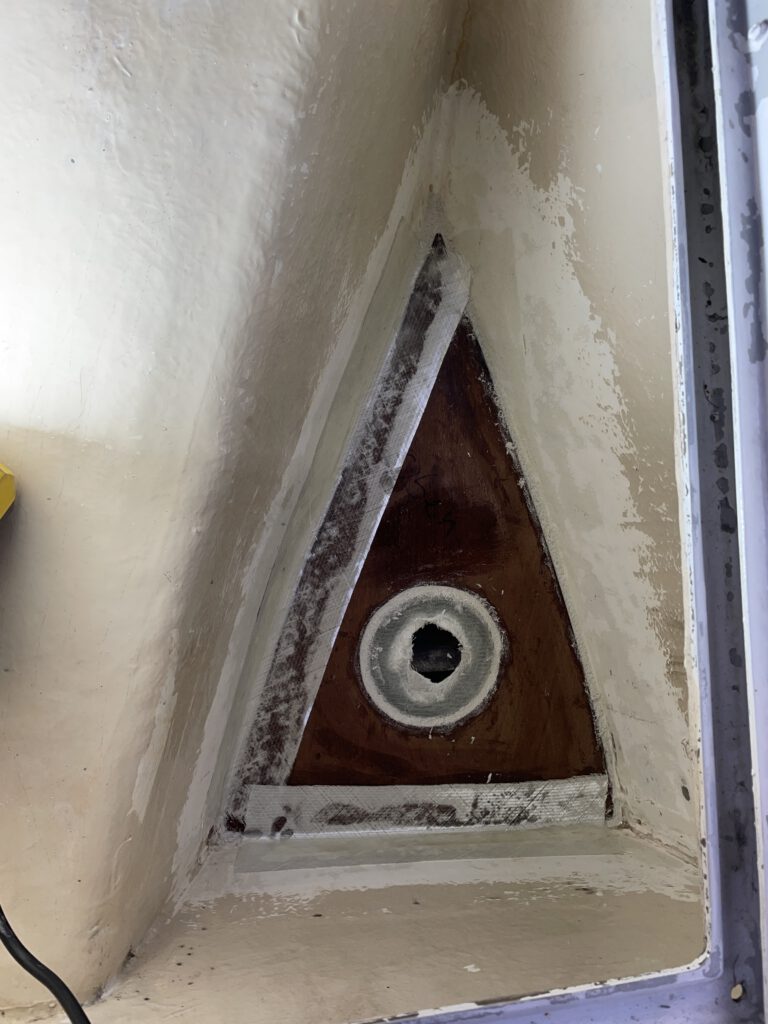
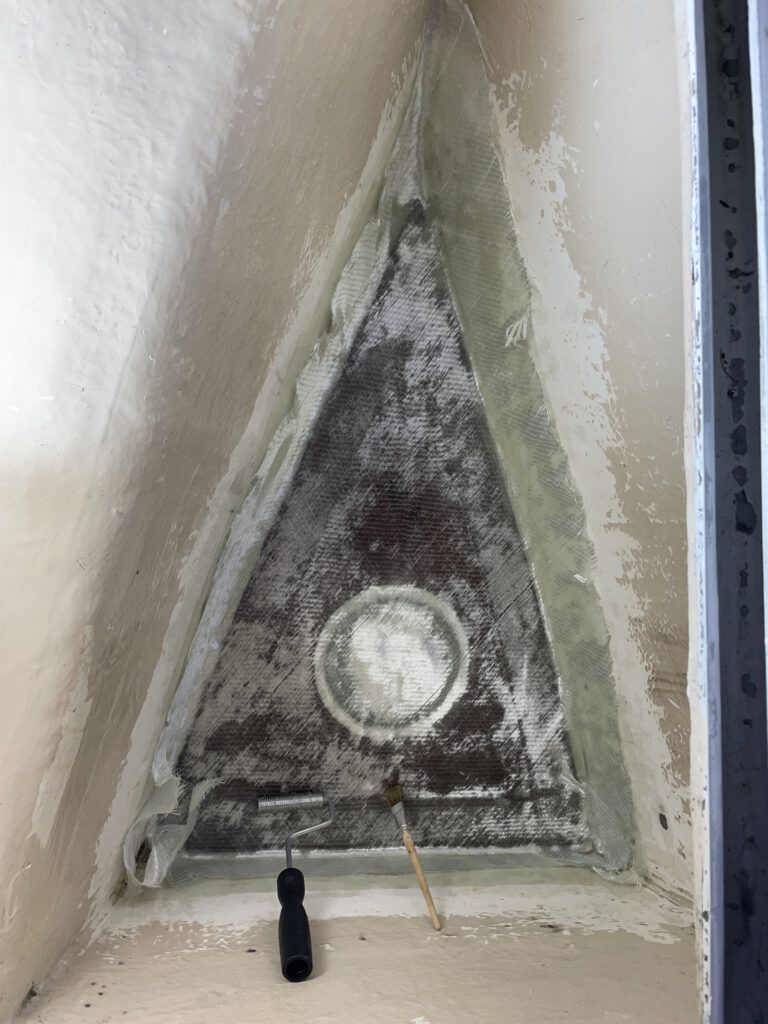
So that we don’t have to do so much sanding, the last thing we do is put a layer of peel ply over it and then wait for the epoxy to set.
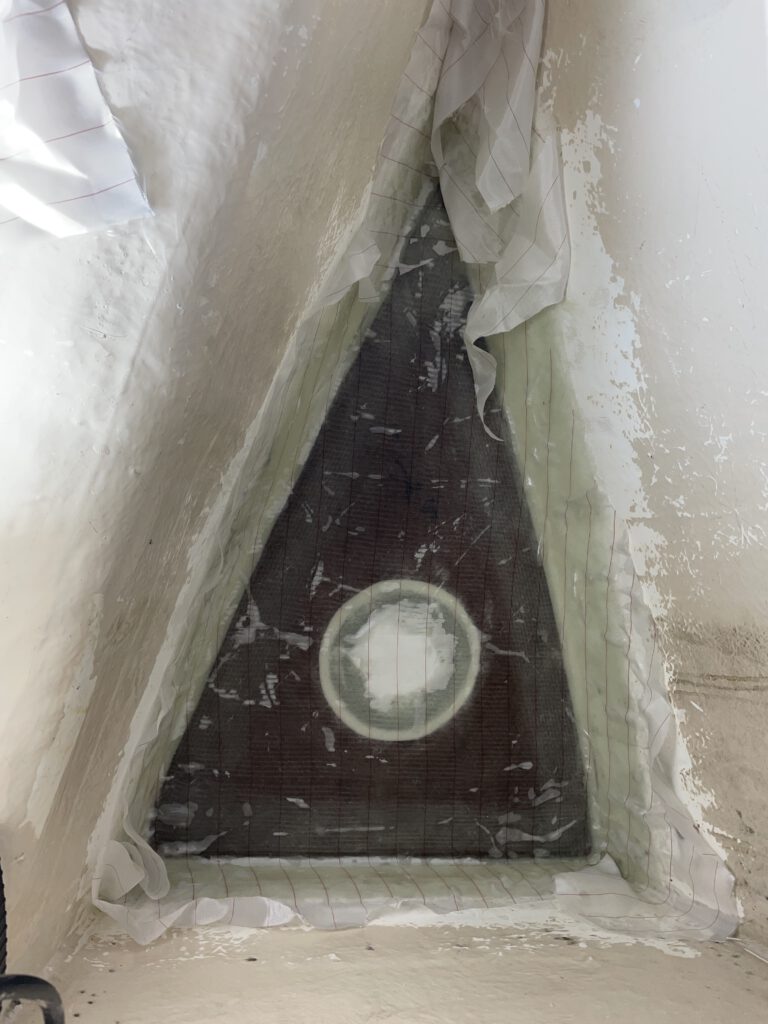
Then sand, paint and install the lid and it looks fine again. Since only our fenders “live” in the storage space, we did not fill the surfaces nice and smooth but simply painted over the laminate with bilge paint. We didn’t want to overdo it with the beauty in invisible places either.
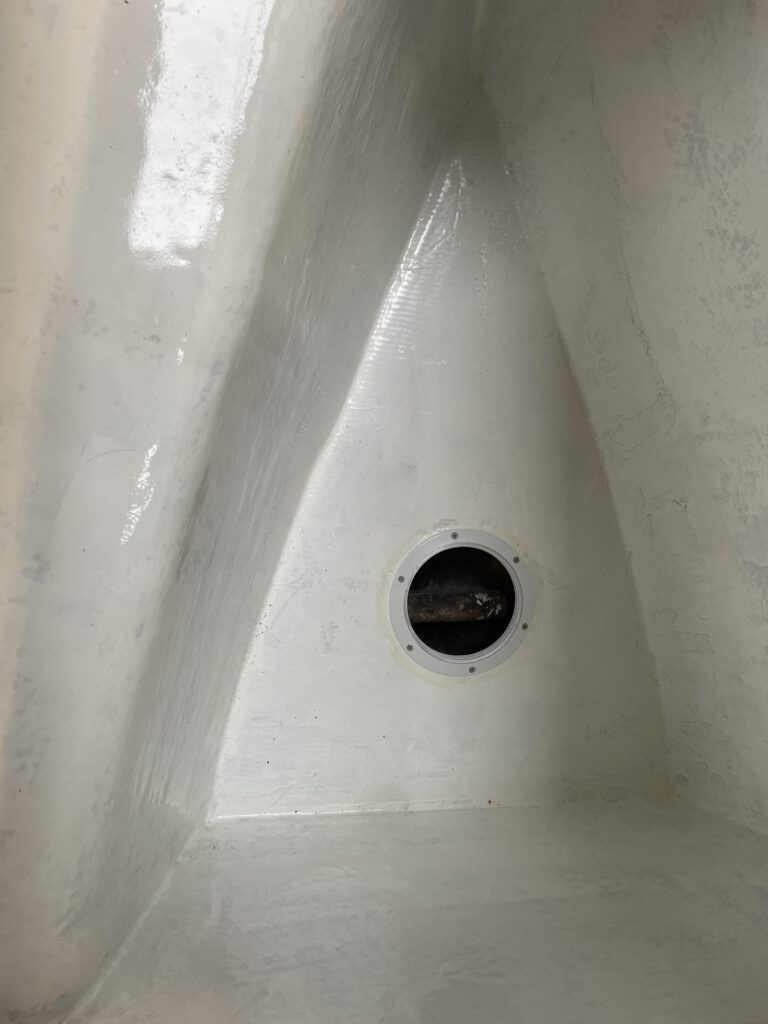
The structural damage and the function of the collision area in the forebody of Naos has thus been restored. But where to put the water tanks now?
Where did Tom Lack put the water tanks on a Catalac 8M?
Tom Lack is the designer of the Catalac catamarans. In our drawings and everything we found on the net, there are no water tanks drawn in. Where do they belong?
Were there flexible tanks in the bilge back in the 70’s. We don’t think so. But let’s ask the other Catalac owners in the Facebook group.
And lo and behold. We get a friendly answer from Vietnam.
At this point, many thanks to Richard Clutterbuck for supporting and submitting these two images within the Catalac Facebook group.
The tanks belong in the original in the rear part of the ship and on a very stable platform in the rear area of the back box. We had already wondered what the area is made so stable for.
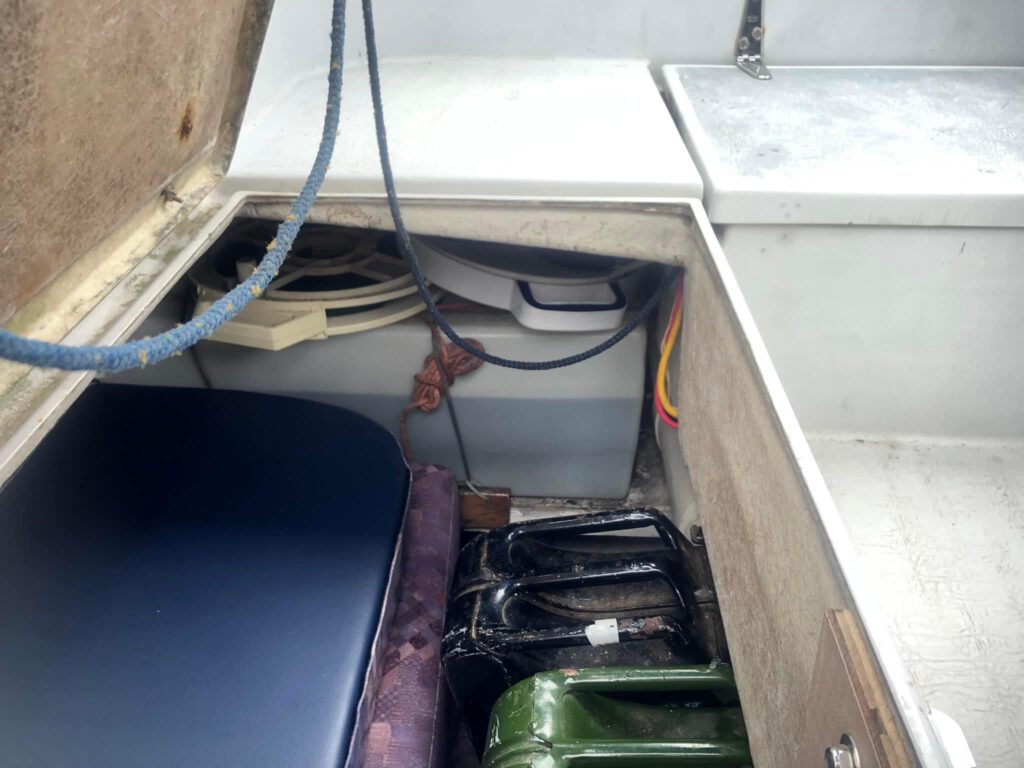
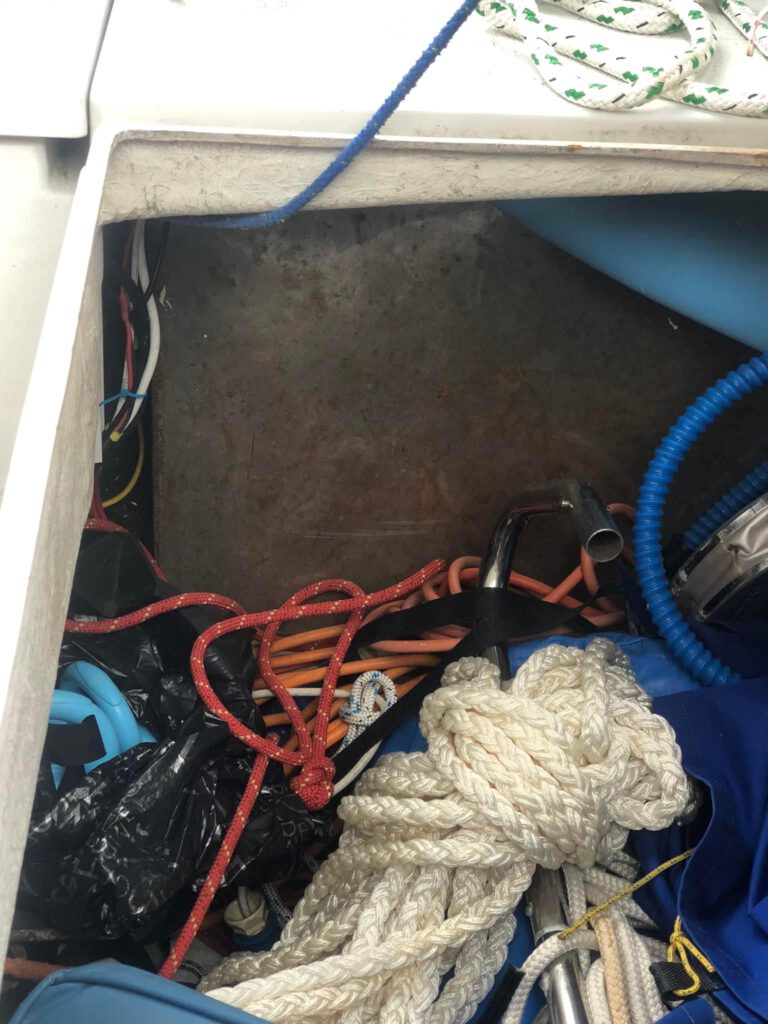
So we went in search of new water tanks and laid all the water hoses from forward to aft. We were even able to reopen the old inlets in the side running deck and fill the tanks over them.
The result now looks like this. The pressurized water pump above the tank probably didn’t exist in 1980, but we like our pressurized water system and don’t want to do without it.
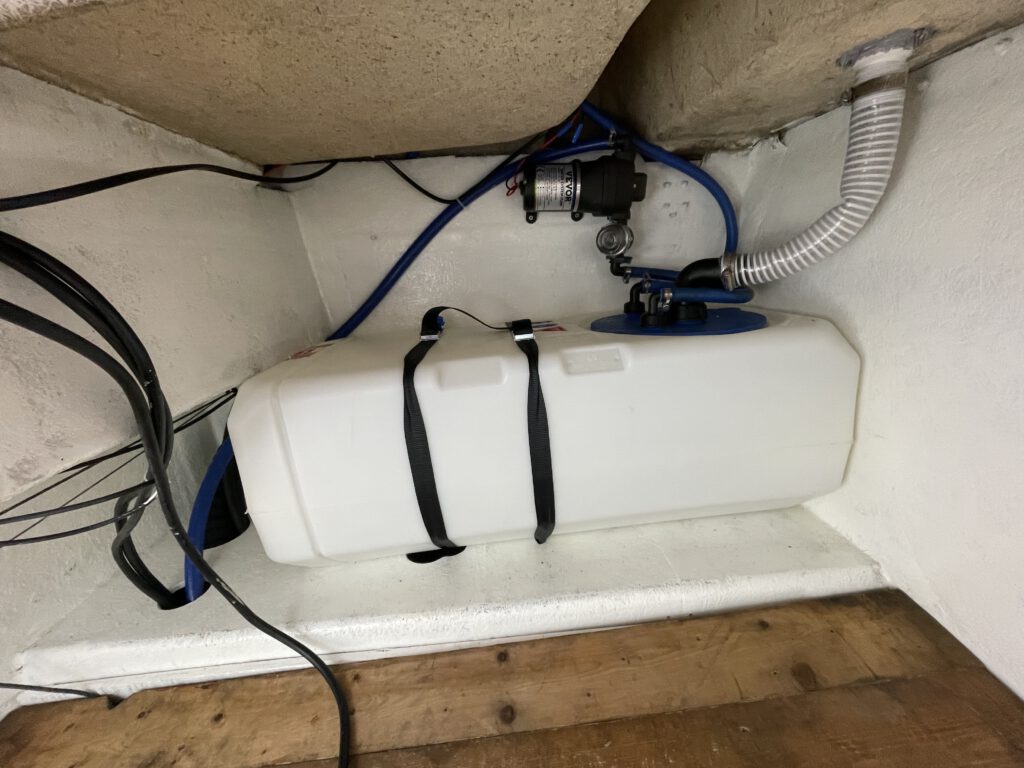
The kink in the inlet hose will still be eliminated during the spring.
